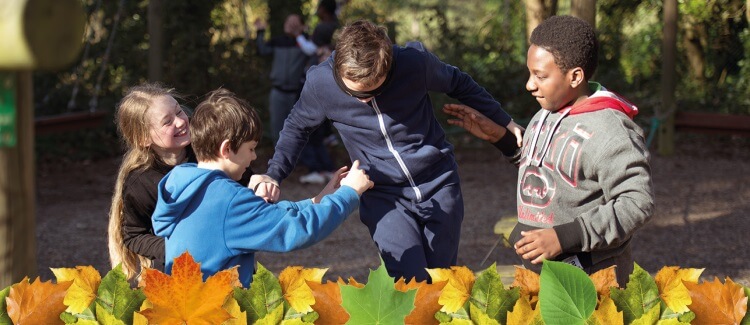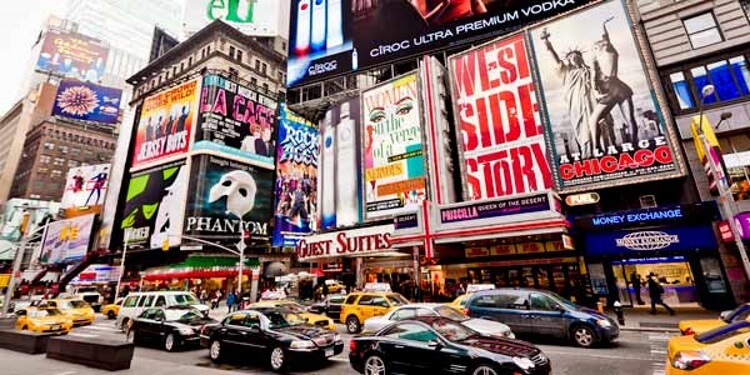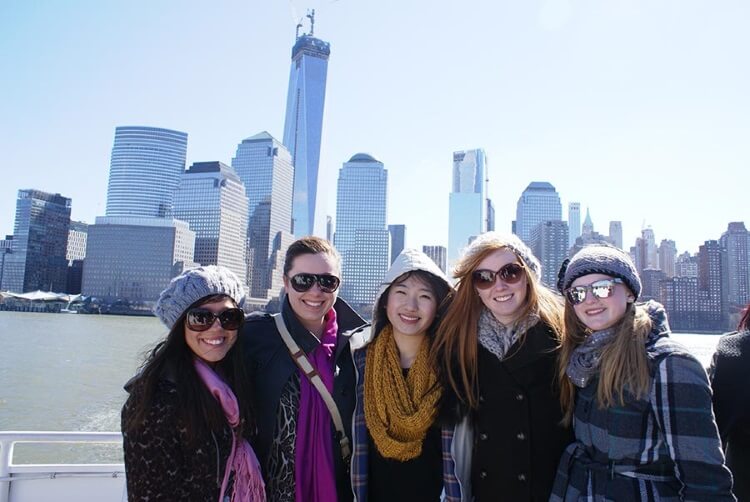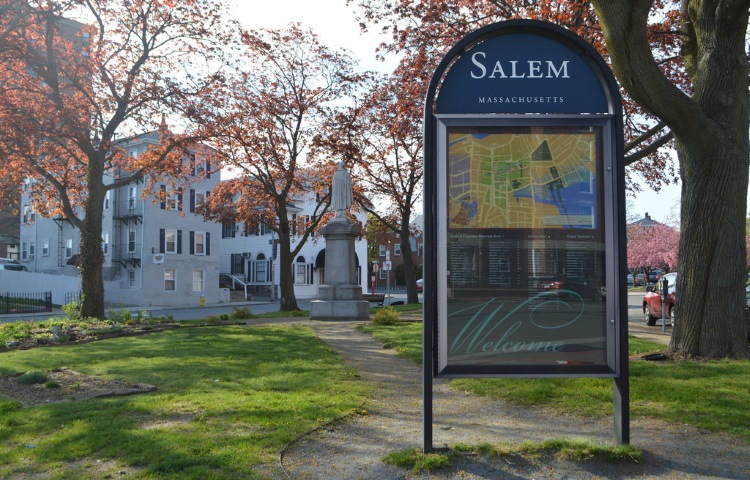
It’s that time of year. You’re busily putting your educational action plan in place and part of that is getting your trip approved by your School Board or committee.
In these days of tight budgets, that can be a daunting task. But when you approach it in an organized fashion, with complete confidence in your vision and the value of the trip you’re planning to students, you’ll be well on your way to gaining approval.
Preparation.
We don’t need to remind educators about the value of preparation. All the same, when it comes to getting the required approval for a trip, it can mean the difference between “yes” and “no”. While regulations and requirements vary from Board to Board and committee to committee, there are global, overarching requirements you should recognize, while preparing for your presentation.
One of these is demonstrating that your trip proposal meets the requirements of the curriculum and serves the learning goals represented by it. This demands clarity on your part. Describing how your trip satisfies curricular goals mean that you go into your presentation with a good pitch to sell the idea.
You should also have in hand detailed information about your tour provider, a budget per student, information about security and insurance and a well-crafted itinerary.
Operator credentials.
Decision-makers want to know that you’re working with a reputable tour operator, with an unblemished track record.
Membership in SYTA (Student & Youth Travel Association) is an assurance that you’re working with an accredited, licensed operator, under the aegis of an organization with clear standards. In addition, a membership in the NTA (National Tour Association) indicates that your tour operator adheres to consumer protection guidelines, as the NTA acts in this role as part of its mandate.
It’s also useful to demonstrate that your operator administers in-trust accounts which protect student payments and to provide a copy of their license to do business. Offering all this information generates greater confidence in the legitimacy of the tour company you use and shows administrators due diligence on your part.
Presenting with confidence.
You’re not walking into a lion’s den. It’s important to remember that you’re pitching your trip to fellow educational professionals with the best interests of students in mind. You’re on the same team, so your job is to get your colleagues on the same page.
With all the information described above organized into a presentation package, you walk into your meeting with the School Board or committee as a confident professional.
Provide each member you’ll be presenting to with a package which clearly outlines the goals and purpose of your trip. Include the credentials of your operator and provide a 360° overview addressing all potential concerns. This is detailed preparation your colleagues will appreciate.
Approval granted!
Getting your trip approved by your School Board or committee is all about preparation. When you’re prepared, they’re likely to grant approval.
Junior Tours has been creating exceptional student trips since 1967. Contact us for a free quote and sample itinerary.










